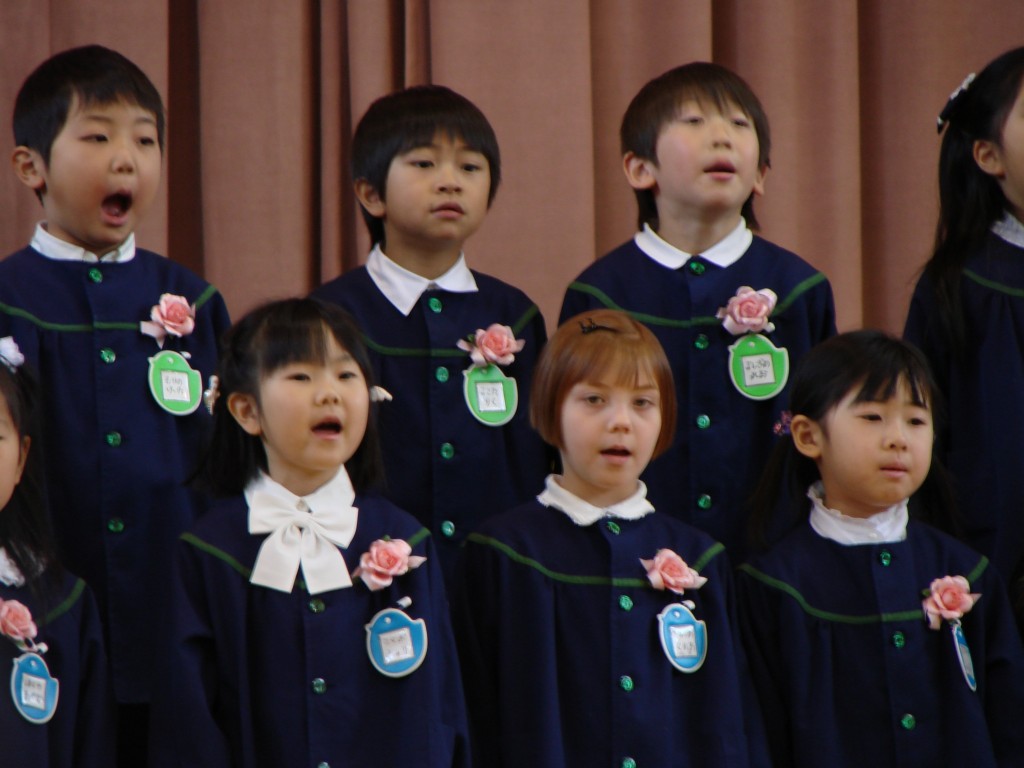 I’m going to share some humanist thoughts and resources I picked up at the 2013 American Humanist Association Conference that may be as new to you as they were to me.
I’m going to share some humanist thoughts and resources I picked up at the 2013 American Humanist Association Conference that may be as new to you as they were to me.
First, though, in brief, what’s humanism? I don’t think I can summarize it better than this statement on the site of the AHA, which you’ll notice shares much in common with The Brights:
Humanism is a progressive philosophy of life that, without theism and other supernatural beliefs, affirms our ability and responsibility to lead ethical lives of personal fulfillment that aspire to the greater good of humanity.
This was my first conference in years, and the very first humanist one I’ve attended. Why did I choose to write about 13 things? Because I’m not superstitious (and it just turned out that way). This post is far from comprehensive, and I didn’t attend every session. (We also spent some recuperative time communing with the sea lions and a duck who couldn’t decide if crossing the road was a good idea.)
13 Neat Things About Humanism
1. Commonality is delightful. It feels really good to be with fellow self-identified humanists, most of whom seem to agree they are also atheists and/or freethinkers. It’s the relaxing feeling of not being part of the unfortunately-sometimes-defensive minority. That’s in spite of the fact that not all humanists (like not all of any group) are equally intelligent, nor do we agree on everything (one woman I met was strongly anti-childhood vaccines, and two speakers justified non-monogamy).
2. I’m a wimp when it comes to declaring my beliefs in the “real” world. It has always been hard for me to state my atheism without an apologetic smile, but even when I was deciding on what humanist ornament to buy—and I ended up with gold-colored earrings (see the photo above) with the happy “H” that is the AHA’s symbol—I mentally ran through possibilities. Will I have to explain humanism to certain family members who won’t get it, or even strangers, or can these pass as symbols of just plain human beings, no deeper explanation needed? See EvolveFish for items to wear and use that may challenge your own courage or start a conversation. Or visit the Brights’ own shop.
3. Religion in school? So-called “Good News Clubs” are in thousands of public schools across the U.S. They have kids read little books in which a black page represents where they will go if they don’t obey God’s rules. Ugh. Contrast that with Camp Quest, an atheist/humanist/secular/freethought-themed summer camp where science and rationality are taught in fun ways.
4. Richard Dawkins moderated a panel on religious child abuse, and later asked a question at the keynote address. His face and fame and brilliance and awesome outspokenness make him seem like a rock star to me (that’s just a handy analogy, as he’s way more than that), so I didn’t get up the nerve to say hello. To learn more, see his site Richard Dawkins Foundation for Reason and Science.
5. Are humanist and feminist aims the same? The Feminist Caucus co-chair and I discussed humanism’s aims over cheese and drinks on the private beach at the Bahia Hotel (kind of ironic, considering). It’s great for your group’s goal to be to make society more fair, with far less income inequality, a better life for women and children, and so on. But might that come across as somewhat political in these times? Might that not be antithetical (sadly) to the views of a great many otherwise amenable humanists, and atheists? So do you choose to focus on the “political” goal in the name of humanism? It’s something to think and talk about, and I found that my conversational partner didn’t agree that these ideas are now “political.” “They’re just the right thing to do and we should do them,” she insisted. http://www.americanhumanist.org/What_We_Do/Feminist_Caucus
6. Laws matter. The effort to change unfair laws is at the heart of secular humanism. Sympathetic humanist lawyers play a large role in achieving progress. To me, it almost seems that if no other kinds of activism were available, those who lobby, advocate, and focus on the legal system would still make a vast difference over time.
7. Tongue-twister initials? The LGBT (lesbian gay bisexual transgender) community has been accused of not being inclusive enough, and so now the community may be called LGBTQ. I asked speaker Jason Frye about that Q, and he replied, “It can mean Queer or Questioning.” http://lgbthumanists.org/
8. Grieving humanists may feel discomfort when theists offer prayers and similar types of consolation. The “Grief Beyond Belief” talk Rebecca Hensler gave was refreshingly candid about her own experience after the death of her infant son. He is not with the angels nor waiting for her in heaven, she told us. Grief Beyond Belief is her online grief support group, free of mythology and mysticism (currently on Facebook: https://www.facebook.com/faithfreegriefsupport)
9. The journalism session by Katha Pollitt, a feminist poet, writer, and essayist (for The Nation among others), about the nuts and bolts of getting your ideas out into the world was surprisingly honest and specific. She spoke about money, including the (little) payment you can expect for your efforts in this changing news environment. I like it when writers speak publicly about their work and the fact that it IS work and needs to be paid if one is to continue doing it (and if the citizenry is to be able to read news that is more informed than the unpaid thoughts of fellow amateurs).
10. Religions affect history a LOT. Luis Granados, Director of Humanist Press (and my editor), gave a fascinating talk about the heroes and villains of the Spanish Civil War based on his book Damned Good Company. Turns out the Catholic Church wasn’t one of the good guys. (Smiley face purposely omitted.)
11. Dan Savage is the funny, frank, and, above all, rational, writer and speaker who was named Humanist of the Year. I’d never heard him speak, but have read and enjoyed his columns. His manner was very much like his voice in his writing: compassionate and self-deprecating yet bold. His latest book American Savage: Insights, Slights, and Fights on Faith, Sex, Love, and Politics, which has just come out (May 2013), was a pleasure to read. Though every idea wasn’t brand-new to a devoted fan, each chapter added depth to Savage’s beliefs and humanistic efforts to make society safer for the marginalized, as well as happier for just about everyone except fundamentalists who would deny him, his husband, and others full equality. Here’s his blog.
12. A “free” sign beckoned, and I picked up the last copy of 34 Million Friends by Jane Roberts. And read it with interest. And then donated a few dollars to the cause of the United Nations Population Fund that addresses women’s urgent needs around the world. Please take a look at the site: www.34MillionFriends.org
13. Physics rocks! Theoretical physicist Sean M. Carroll’s keynote address “Purpose and the Universe” was thoroughly engaging, and I highly recommend it. A link that includes his slides (they help!): http://www.youtube.com/watch?v=bcqd3Q7X_1A
(Note: This conference was the first time my and my husband’s new books [KYLIE’S HEEL, a novel, and QUESTIONS ABOUT GOD, poems, were on display publicly. That was cool! See www.HumanistPress.com to learn more or pre-order.)
Copyright (c) 2013 by Susan K. Perry Follow me on Twitter @bunnyape
 My mother’s cat died today. My mother, turning 84, is a cat person, and I’m not. It’s not just that I’m allergic to their dander. This cat, Missy, hissed at me from the start, and always threatened to scratch me or anyone who came too close.
My mother’s cat died today. My mother, turning 84, is a cat person, and I’m not. It’s not just that I’m allergic to their dander. This cat, Missy, hissed at me from the start, and always threatened to scratch me or anyone who came too close.




 I’m rational, right? That’s what I keep saying. But I’m also a woman, and a woman’s self-image is way too often affected by the careless comments of others, whether family, friends, or the omnipresent media. For instance, see the
I’m rational, right? That’s what I keep saying. But I’m also a woman, and a woman’s self-image is way too often affected by the careless comments of others, whether family, friends, or the omnipresent media. For instance, see the  “A Rational Woman” is trying something a little different today for the blog. Here are two questions (that I made up to get us started).
“A Rational Woman” is trying something a little different today for the blog. Here are two questions (that I made up to get us started).
 I’m going to share some humanist thoughts and resources I picked up at the 2013 American Humanist Association Conference that may be as new to you as they were to me.
I’m going to share some humanist thoughts and resources I picked up at the 2013 American Humanist Association Conference that may be as new to you as they were to me.
 I’ve experienced the pull of positive psychology since it was called humanistic psychology, back in the 1970s or before. Newly re-packaged, with a lot of recent research backing up what to me seems, by now, like common sense, this field aims to turn self-help into a science.
I’ve experienced the pull of positive psychology since it was called humanistic psychology, back in the 1970s or before. Newly re-packaged, with a lot of recent research backing up what to me seems, by now, like common sense, this field aims to turn self-help into a science.
 “You ruined my life,” my mother told me. The first time she said it was decades ago, when I first married, and she’s repeated it more than once since then.
“You ruined my life,” my mother told me. The first time she said it was decades ago, when I first married, and she’s repeated it more than once since then.